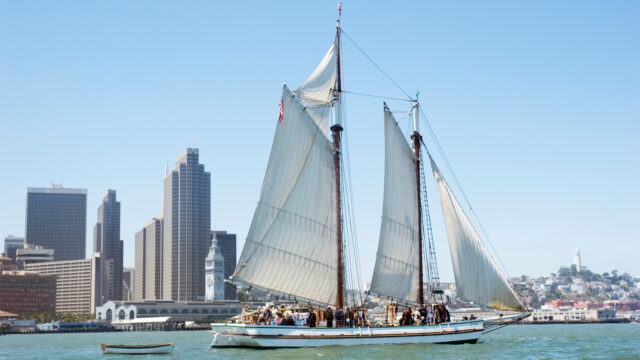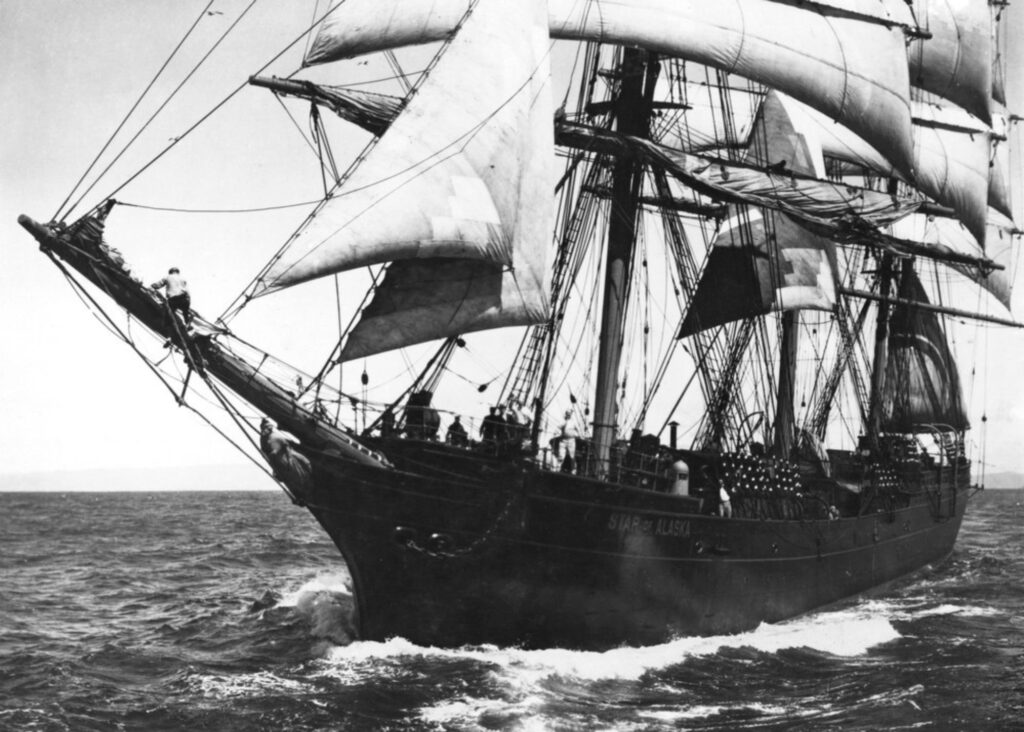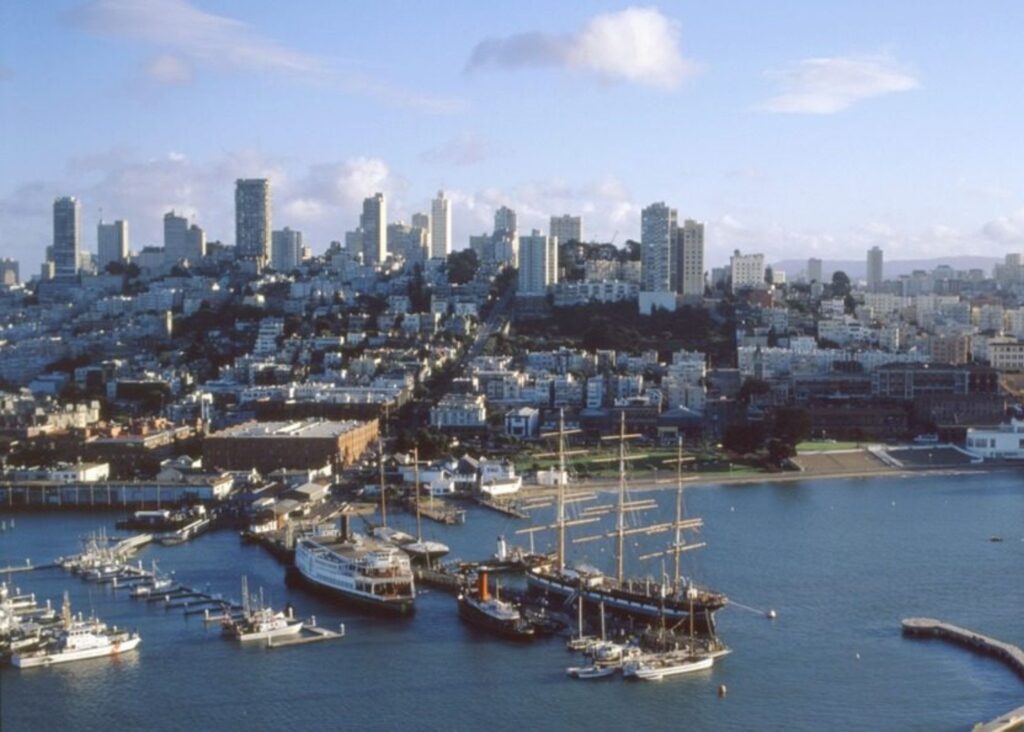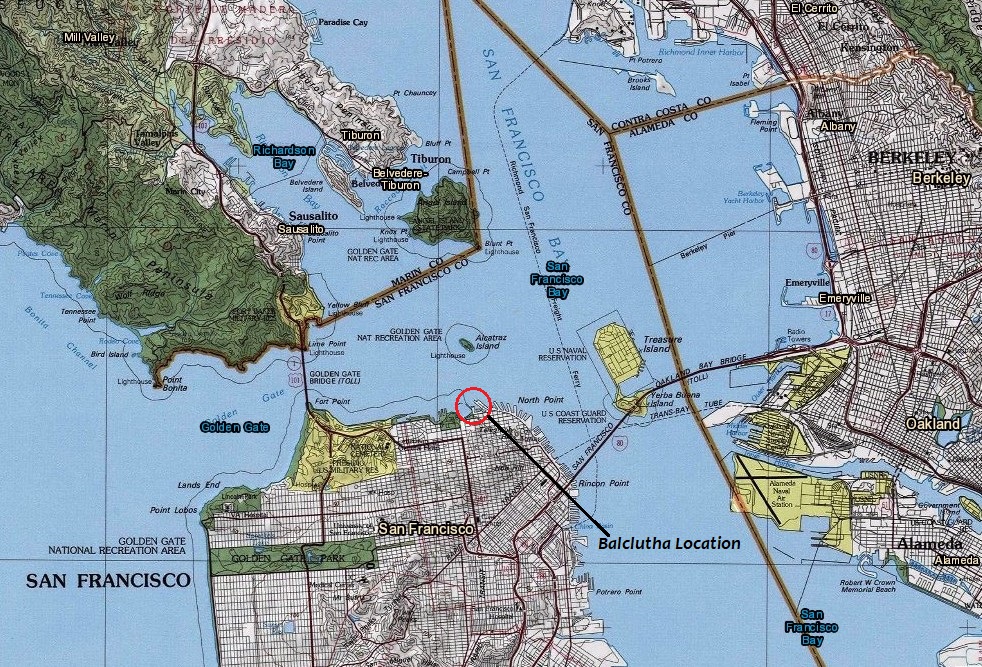Protected Park
San Francisco Maritime National Historical Park, CA

In 1997, National Park Trust supported the restoration of the steel-hulled, three-masted, square-rigged cargo ship, the Balclutha. The National Maritime Museum Association requested and received a $100,000 no-interest loan from the Park Trust.
Project Details:
Project Years: 1997 – 1998
Park Trust Role: Loan Funds
Overview
The loan filled a funding gap, allowing the association to replace the wooden main deck of the ship while raising additional funds to complete the project. The old deck leaked, rotting the ship’s wooden below-deck components and corroding the steel hull. Without the loan, the restoration would have been paused, leading to more deterioration caused by water leakage while funds to replace the deck were being raised. The deck restoration project stabilized the integrity of the ship’s hull and preserved an accurate example of one of the few remaining seagoing trade ships from the late 1800s.
Why This Place Matters
The 300-foot ship was built in Glasgow, Scotland, in 1886 as a deep-water (fully seagoing) vessel designed to transport grain across the Atlantic. Of the thousands of grain ships built during the late 19th century, it is one of only three remaining. In 1902, the ship entered the salmon industry, carrying workers and equipment to Alaska and canned salmon back to San Francisco. It was retired in 1930, moving to the San Francisco Maritime Museum in 1954, and finally to the National Park Service (NPS)’s San Francisco Maritime National Historical Park in 1978. The Balclutha is on the National Register of Historic Places, with all restoration and repairs having been done with historic materials and traditional techniques.
Significance of the Acquisition:
- • The NPS has an exceptional venue for telling the story of the Pacific shipping trade in the late 1800s.
- • Visitors can stand on the ship’s deck and explore a functional ship that looks very much as it did when it was built in 1886.










